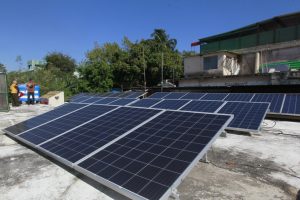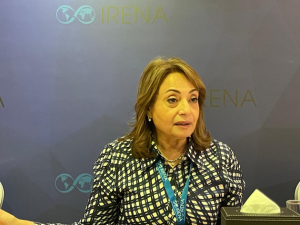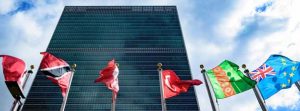RIYADH, Saudi Arabia, April 18, 2024 (GLOBE NEWSWIRE) — The Future Investment Initiative (FII) Institute is excited to announce the theme for its upcoming 8th edition of the FII conference, scheduled for October 29–31, 2024, at the prestigious King Abdulaziz International Conference Centre (KAICC) in Riyadh, Saudi Arabia.
Under the captivating theme ‘Infinite Horizons: investing today, shaping tomorrow’, FII8 will ignite discussions on how investment can serve as a catalyst for a prosperous and sustainable future, pushing the boundaries of what is possible for humanity.
FII8 promises to be a melting pot of innovative ideas, bringing together global leaders, entrepreneurs, political leaders, media and decision–makers in finance, AI, sustainability, energy, geoeconomics, space and beyond. By focusing on the theme of ‘Infinite Horizons’, this year’s conference will challenge attendees to think beyond conventional limits and explore investment opportunities that can bridge current challenges with future possibilities.
Richard Attias, CEO and board member of FII Institute, emphasized the significance of the theme, stating that “Infinite Horizons is not just a theme; it's a clarion call to expand our collective vision and embrace the limitless prospects of the future. It embodies our commitment to driving conversations that lead to a future where investment knows no bounds and works towards a better tomorrow for all.”
FII8, organized by the FII Institute, founded by PIF, will adopt an innovative format as an exclusive week for FII Institute members, invited delegates, and strategic partners. Discussions at the conference will be data–driven, ensuring that insights are grounded in facts and actionable strategies.
For media inquiries, please contact:
Phone: +966 53 978 2030
Email: Media@fii–institute.org
The Future Investment Initiative (FII) Institute is a global non–profit foundation dedicated to making an impact on humanity. Through our investment arm, we champion innovation in Artificial Intelligence (AI) & Robotics, Education, Healthcare, and Sustainability, transforming ideas into real–world solutions.
A photo accompanying this announcement is available at https://www.globenewswire.com/NewsRoom/AttachmentNg/fc52762c–6e57–4254–a6df–7f3b4af1c61b

GLOBENEWSWIRE (Distribution ID 1000935387)









